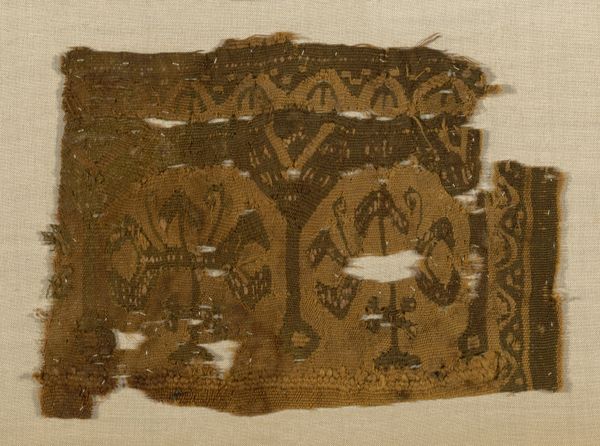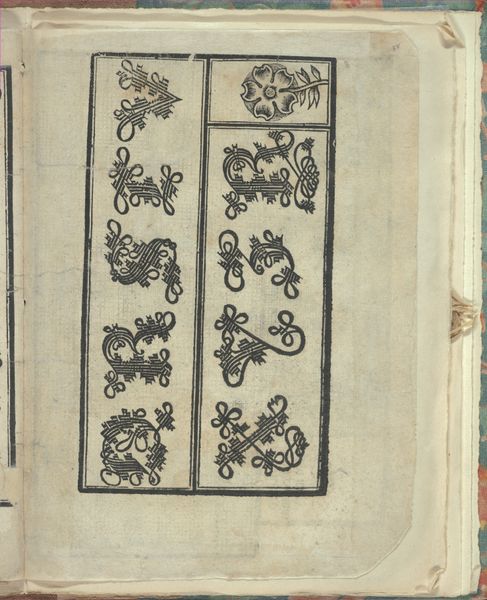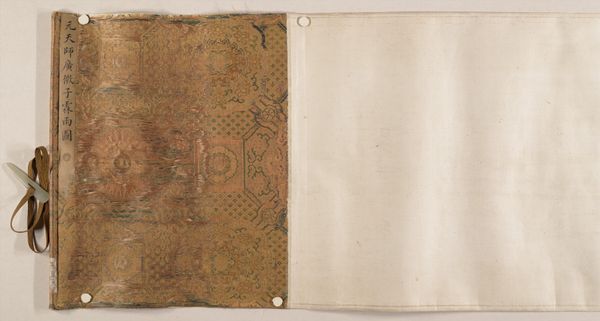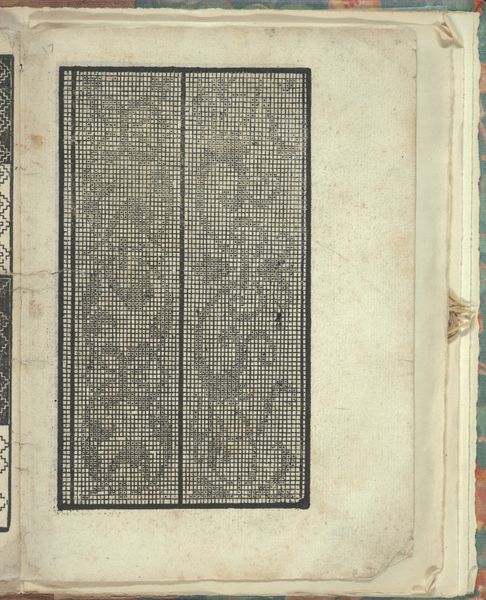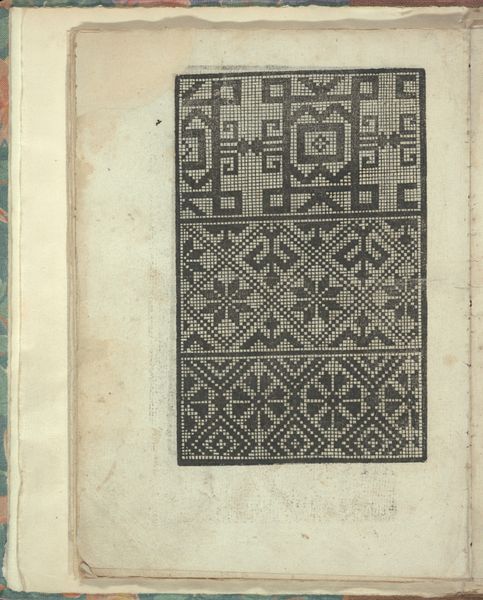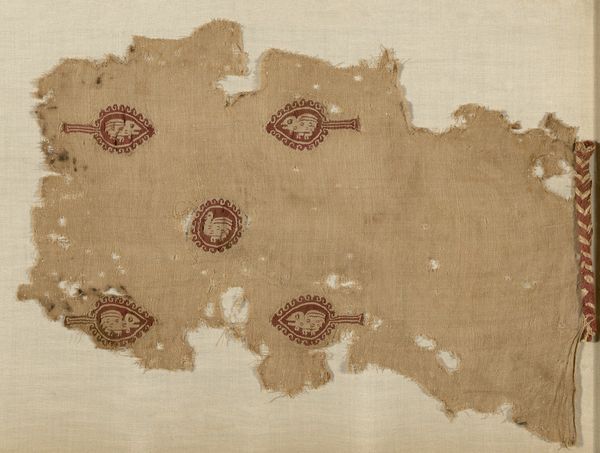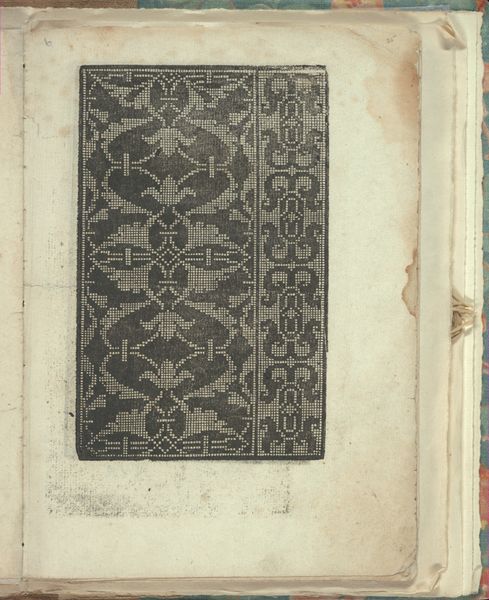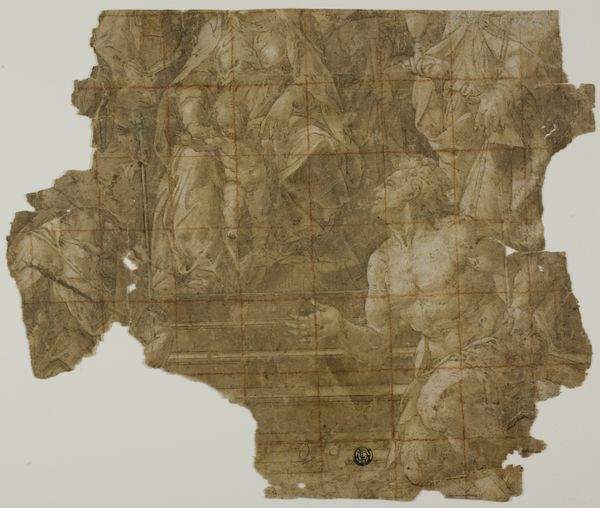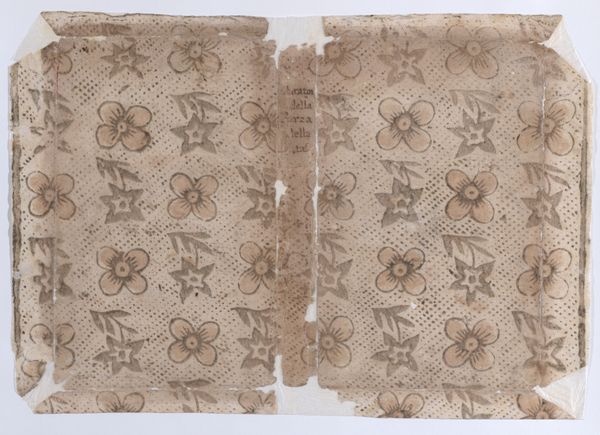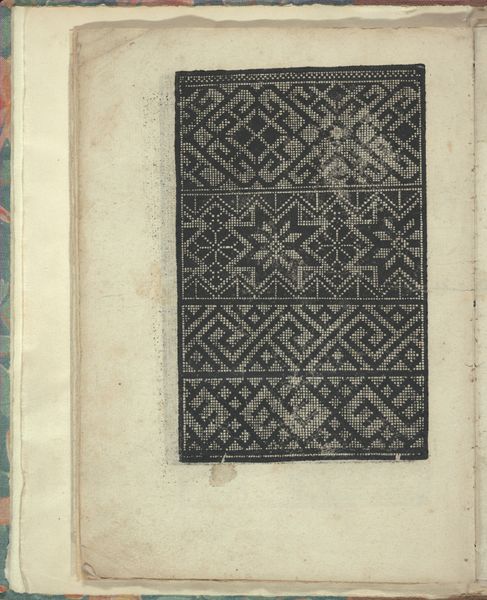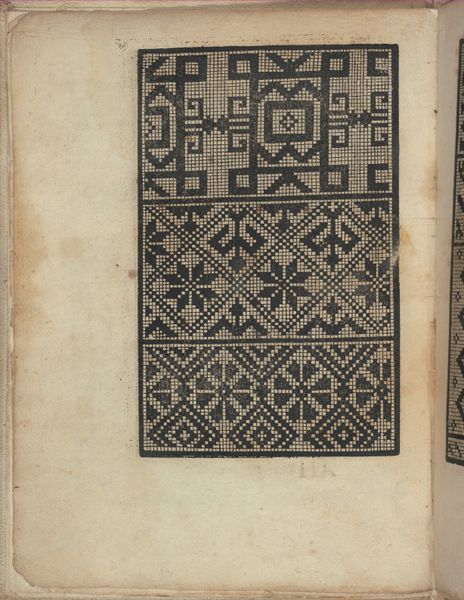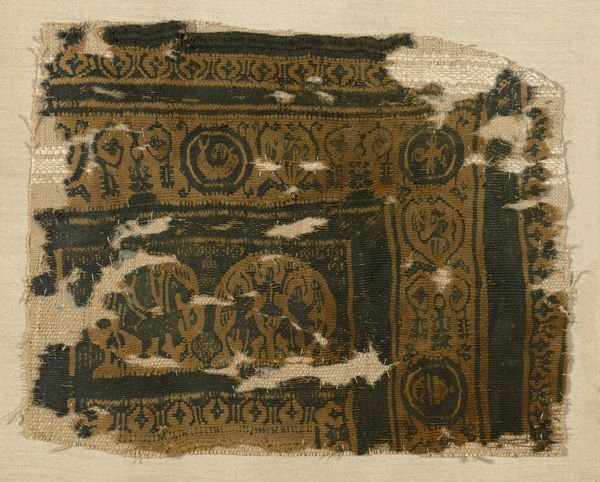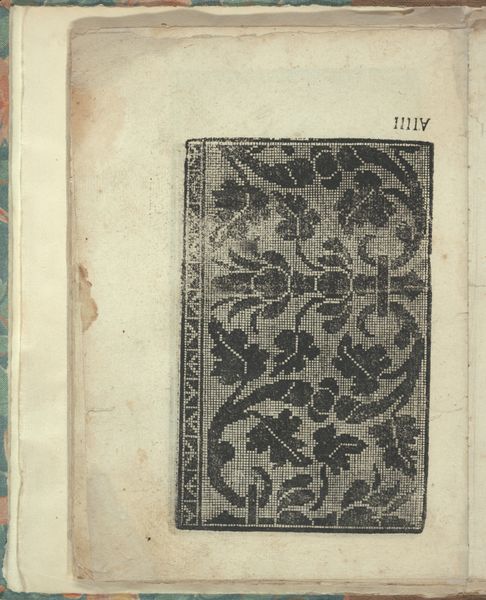
weaving, textile
#
weaving
#
textile
#
figuration
#
indigenous-americas
Dimensions: 31.8 × 20.3 cm (12 1/2 × 8 in.)
Copyright: Public Domain
Curator: Here we have a textile fragment, believed to be from the Chancay culture, dating perhaps from 1000 to 1476, held here at the Art Institute of Chicago. Editor: It has a quiet presence, hasn't it? The wear gives it such humility. It feels…whispered. Like a forgotten lullaby. Curator: Absolutely, it is very evocative, especially considering its age and condition. What we see is a woven piece with a grid pattern. Within each square is a stylized animal figure. Most likely depicting cats. The grid is actually made of repeating geometrical shapes. Editor: So, what would this weaving have been used for? Judging by its appearance it was more utilitarian than luxurious... though utilitarian can have a beauty all its own, naturally. Curator: We don't know for sure the original purpose of this particular piece. Chancay textiles served a variety of purposes, from clothing and adornment to burial shrouds and ritual objects. The quality of the materials and the complexity of the design often indicated the social status of the owner. Also the incredible dry environment in this area of Peru contributes to preservation which we have a sample of here. Editor: Thinking of the weaver… the person at the loom. The repetitive nature of the design – grid, little stylized cat-beings – must have required hours and hours of dedicated work. Were they singing, maybe? Telling stories as they worked, surrounded by their community? What raw materials were they using, what were the processes? What impact did colonial society have on these practices? Curator: You make such lovely points. Textiles were central to Andean culture, weren’t they? Woven with intention, each thread carrying symbolic meaning and social significance, literally imbued with history. The materials—likely cotton and possibly camelid fiber— would have been locally sourced, and dyed with pigments derived from plants, minerals, and insects. Each element is a testament to skill, material resourcefulness, and cultural continuity. Editor: And so easily overlooked! It’s tempting to skim over such "humble" items, searching for some obvious aesthetic merit, perhaps, rather than respecting the intrinsic, process-based value they hold. This is labor made visible; a material culture made of lives woven together. Curator: Precisely. By considering their place, origin and process, this small Fragment resonates. What a fascinating reflection on interconnectedness.
Comments
No comments
Be the first to comment and join the conversation on the ultimate creative platform.
